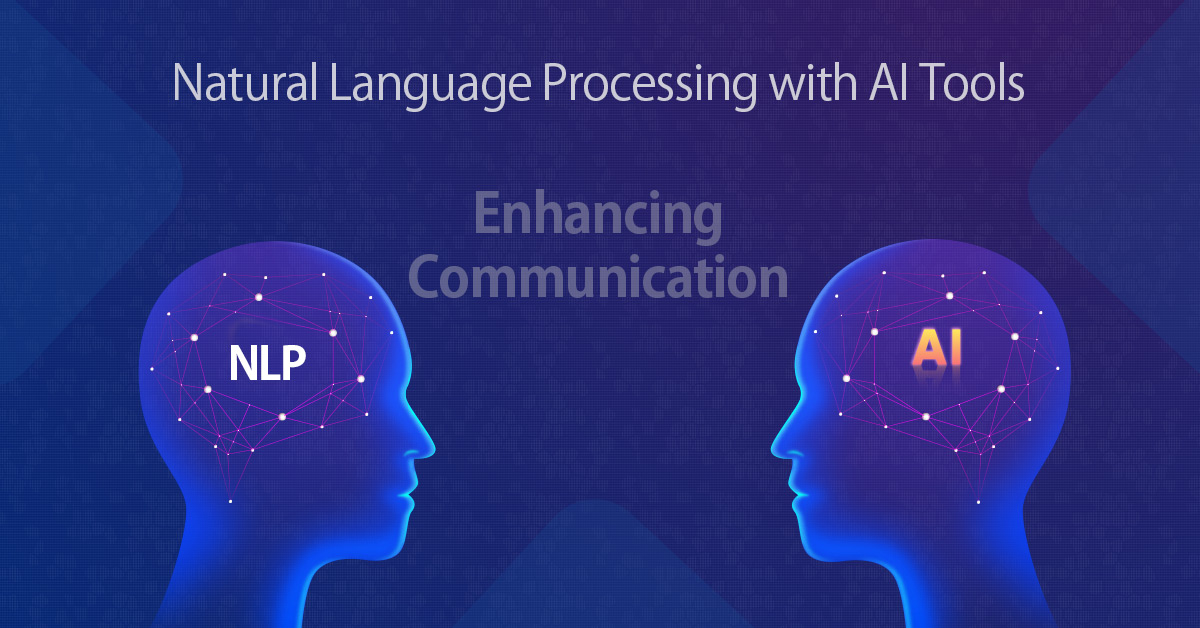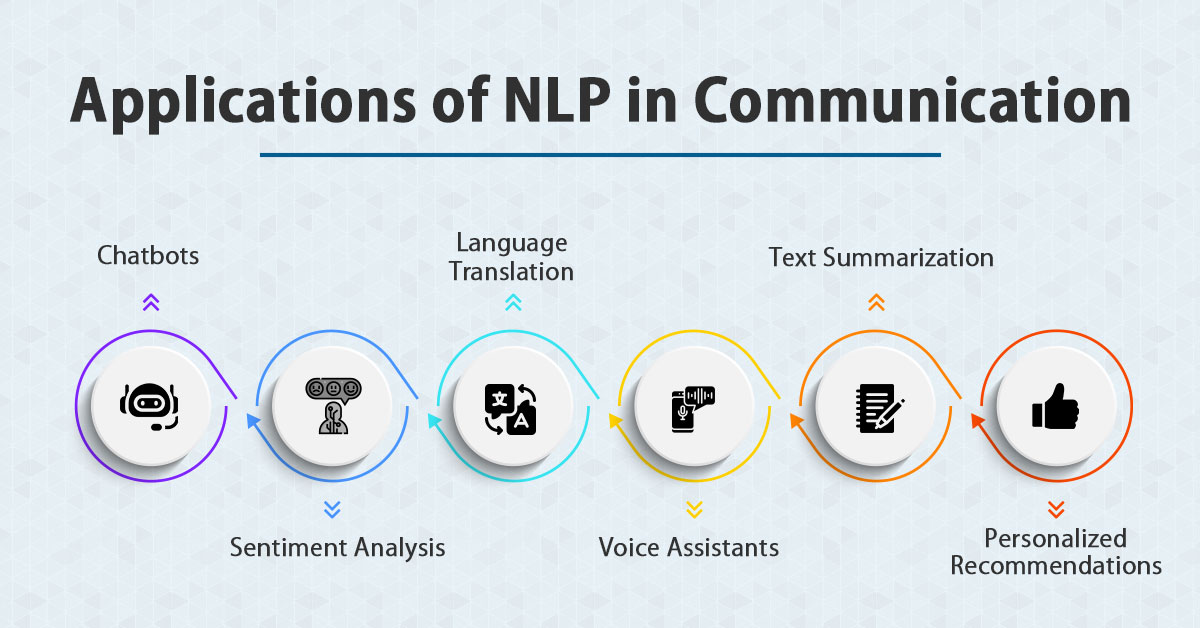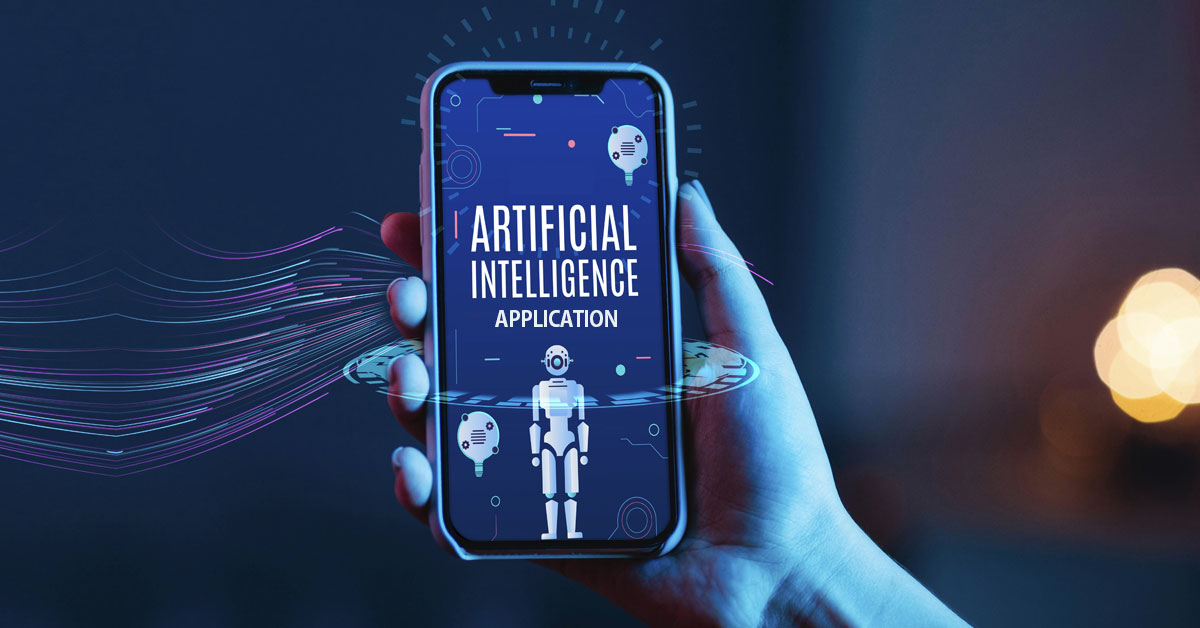Natural Language Processing with AI Tools: Enhancing Communication

4 min read
One of the biggest advances in the rapidly changing field of technology is using artificial intelligence (AI) techniques to build and expand natural language processing, or NLP. It is a subfield of artificial intelligence that studies how computers process language. It involves more than just understanding and processing language; it also allows machines to successfully understand, interpret, and mimic human communication. This blog article explores how NLP—powered by AI tools—is improving and changing human capacity for communication.
What is NLP Techniques?
The Artificial Intelligence (AI) field of Natural Language Processing aims to enable computers to understand, interpret, and communicate with human language. It includes a range of methods, techniques and algorithms that allow robots to understand context, process and analyze enormous volumes of text data, and extract valuable insights.
Computers can now do tasks like summarization, sentiment analysis, machine translation, entity recognition, and text categorization through NLP. It also drives chatbots, voice assistants, and recommendation systems, which improve the fluidity and intuitiveness of human-computer interactions.
Applications of NLP in Communication

-
Chatbots
Virtual assistants driven by AI, or chatbots, interpret and reply to user inquiries using natural processing language techniques. Their popularity has grown in customer service because they offer immediate assistance and lessen the need for human interaction. Chatbots are capable of managing numerous conversations at once, ensuring prompt and precise responses and improving the effectiveness of communication.
-
Sentiment Analysis
Language tools are capable of deciphering and analyzing the sentiment included in written content, including reviews, comments, and social media posts. Businesses can use sentiment analysis to determine customer satisfaction levels, assess public opinion, and make data-driven decisions. Businesses can improve overall communication and customer experience by swiftly addressing customer complaints by knowing emotion.
-
Language Translation
In today’s globalized society, language obstacles might make communicating difficult. AI-powered NLP techniques have significantly improved language translation. These tools facilitate smooth communication between people who speak various languages by accurately translating text between them. With the use of this technology, communication across cultural divides and language hurdles could be greatly reduced.
-
Voice Assistants:
These days, voice assistants are a big part of everyday life. Examples are Google Assistant, Apple’s Siri, and Amazon’s Alexa. These AI-powered assistants use natural processing language techniques to recognize and react to voice commands. They can do many things, including play music, create reminders, and give information, making conversation easier and hands-free.
-
Text Summarization:
In the age of information overload, extracting pertinent information from vast amounts of text is critical. These techniques can automatically summarize long documents, articles, or research papers into clear, succinct summaries. Not only does this save time, but it also improves communication because consumers can rapidly understand the important themes.
-
Personalized Recommendations
Language processing algorithms can examine user preferences and behavior to generate tailored suggestions. These AI-powered tools can comprehend user preferences and provide precise recommendations for movies, books, or items. It improves communication by providing relevant material customized to each user’s needs.
What are Obstacles and Moral Determinations?
Artificial intelligence (AI) techniques for natural language processing have many advantages but present important problems and ethical issues. Privacy concerns are very important because these tools analyze a lot of personal data. Concerns about the methods used, kept, and gathered for this data are raised.
The topic of data security is closely related to this. Data breaches are risky because the enormous data repositories employed in NLP and AI are possible targets for cyberattacks. The possibility that AI will reinforce prejudices is a serious worry as well. Large datasets are the source of knowledge for AI systems, and if these datasets are skewed, the biases may be reinforced in the AI’s language processing. In several applications, this may result in biased or unjust results. A further topic of discussion is how much AI should be used for communication in delicate areas like children’s education and mental health support.
Artificial intelligence (AI) can be helpful in mental health, but it is not as good at understanding and feeling human emotions as a human therapist is. Concerns about AI in education, particularly for young students, center on how it will affect their social skills, privacy, and the general standard of instruction. These difficulties show that the creation and application of natural language processing tools require a balanced strategy that balances benefits with consideration for the impact on people and ethics, especially in delicate domains.
The Future of Communication Enhanced by NLP
Natural language processing will become a growing factor in improving communication across various businesses as technology develops. Deep learning and neural networks have made NLP algorithms more advanced and able to comprehend and produce text similar to a human’s.
Even more advanced conversational agents that can understand nuance, context, and emotions should be possible as NLP progresses. Further improving user experience and incorporating an NLP communication model creates opportunities for more organic and human-like interactions between humans and machines. Businesses can use NLP’s capability to investigate AI-powered platforms and solutions provided by leading cloud providers. These platforms make incorporating language skills into apps and services easier by offering pre-trained models, developer tools, and APIs.
With AI technologies for Natural Language Processing, businesses may leverage data and communication to enhance customer experiences, analyze large volumes of content, and overcome language barriers. With NLP online, businesses may drive innovation in the digital realm and gain a competitive advantage. The possibilities are unlimited.
Conclusion
Natural Language Processing’s (NLP) disruptive impact on communication. It is revolutionizing human interaction by removing linguistic and cultural barriers to facilitate more effective and accessible communication. As these technology develops, it is anticipated to permeate more aspects of our daily lives and industries, resulting in more efficient and customized communication experiences. Furthermore, the integration of NLP-based human intelligence with AI is enhancing existing communication techniques and shaping the dynamics of future human-AI interaction, pointing to a future in which human and artificial intelligence would interact more seamlessly and cohesively.
Published: January 18th, 2024





